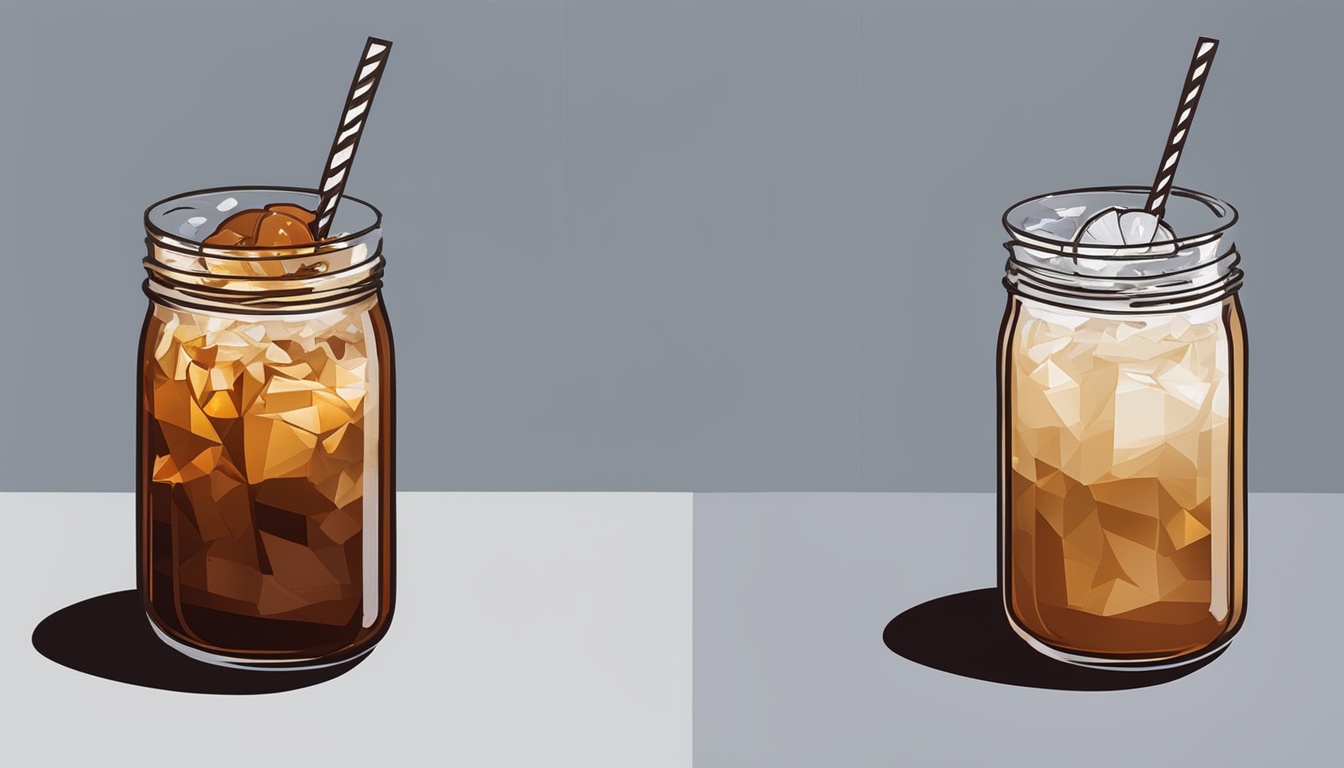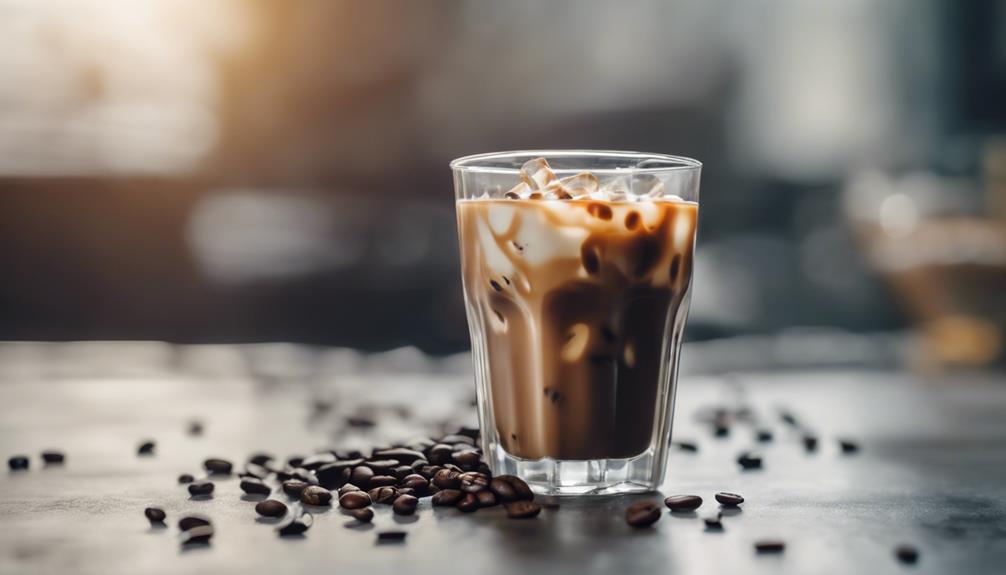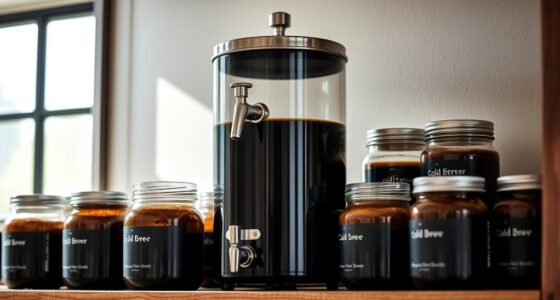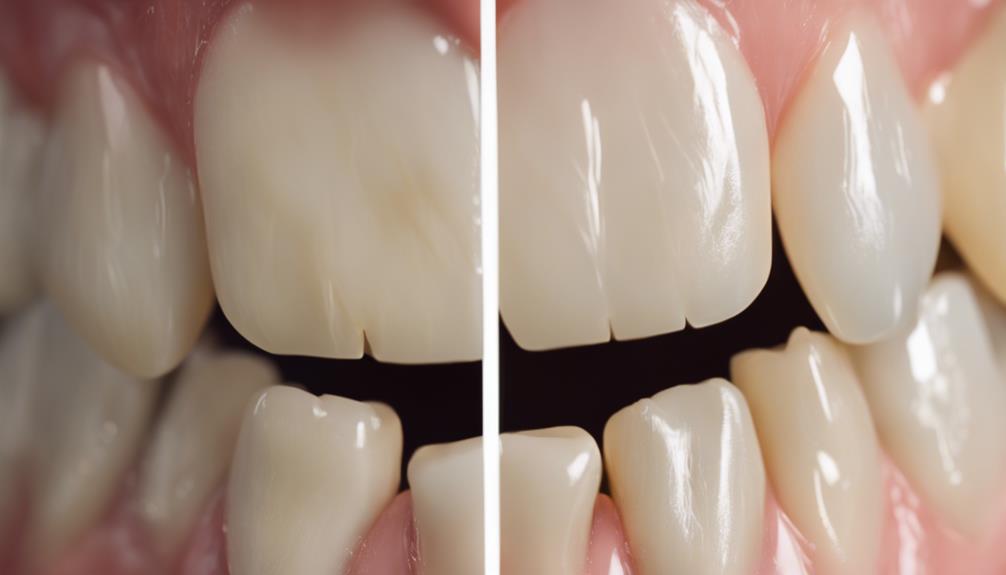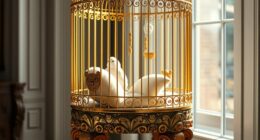Were you aware that espresso can extract approximately 4,200 milligrams of caffeine per liter? This makes it the most caffeinated among all brewing methods. For coffee enthusiasts, understanding how brewing impacts caffeine levels is crucial. Each method alters the caffeine content, flavor, and overall coffee experience.
From espresso’s strong taste to cold brew’s gentle flavors, brewing plays a big role. These methods show how time, heat, and way of brewing create different coffee styles. It’s fascinating to see how these elements work together.
Key Takeaways
- Espresso is the highest in caffeine concentration among common brewing methods.
- Cold brew contains significant caffeine, making it a popular choice for those seeking a milder flavor.
- Different methods require specific water temperatures and brewing times for optimal extraction.
- Bean type plays a crucial role in determining the caffeine content in your cup.
- Choosing the right brewing method can enhance both flavor and caffeine intake.
Introduction to Brewing Methods
Coffee brewing methods vary a lot, each giving unique tastes to the coffee. How caffeine gets pulled out depends on the equipment, time, and temperature. For example, espresso requires a finer grind, while French press needs a coarser one. Knowing this helps coffee lovers deeply enjoy the craft of making coffee.
Different cultures also play a big role in how people brew coffee. For instance, in Vietnam, coffee is made with a Phin, mixing tradition with taste. The AeroPress is another favorite, making quick, espresso-like coffee. It’s liked for being fast and making quality coffee.
Here’s a quick guide on some common brewing ways, what grind they need, and typical prices for coffee subscriptions:
| Brewing Method | Grind Recommendation | Price for Subscriptions |
|---|---|---|
| Pour-Over | Finer grind for small cones, medium-coarse for larger brewers | $35 for single-origin, $44 for best-selling |
| French Press | Coarse grind | $35 for single-origin, $44 for best-selling |
| Espresso | Very fine grind | $35 for single-origin, $44 for best-selling |
| AeroPress | Fine-to-medium grind | $35 for single-origin, $44 for best-selling |
| Auto-Drip Brewer | Medium-fine grind | $35 for single-origin, $44 for best-selling |

Understanding Caffeine in Coffee
Caffeine is a well-known stimulant that affects our health and how we perform. It’s crucial for coffee lovers to know the caffeine content in different types of coffee. There are two main types of coffee beans: Arabica and Robusta.
Arabica beans have about 1.2 to 1.5 grams of caffeine per 100 grams. Robusta beans, on the other hand, have more caffeine. They contain between 2.2 and 2.7 grams per 100 grams. This is important for those who want to control their caffeine intake based on their taste and the effects they’re looking for.
The way caffeine impacts us can change a lot depending on how the coffee is brewed. For example, espresso has about 4.2 mg/ml of caffeine. This is three times more than what you get from a Moka pot or cold brew, which have about 1.25 mg/ml.
Using a French press gives you around 6.9 mg/g of caffeine. Drip coffee has between 95 to 165 mg of caffeine per 8 oz. cup.
Cold brew coffee, known for its smooth texture, has nearly 150 mg of caffeine per serving. This is more than the 42 to 122 mg found in espresso. These differences in caffeine levels are interesting for those trying to find the right balance between flavor and caffeine.
The type of coffee beans and the brewing methods used affect the caffeine content. They also shape the coffee’s flavor, texture, and how much we enjoy it.
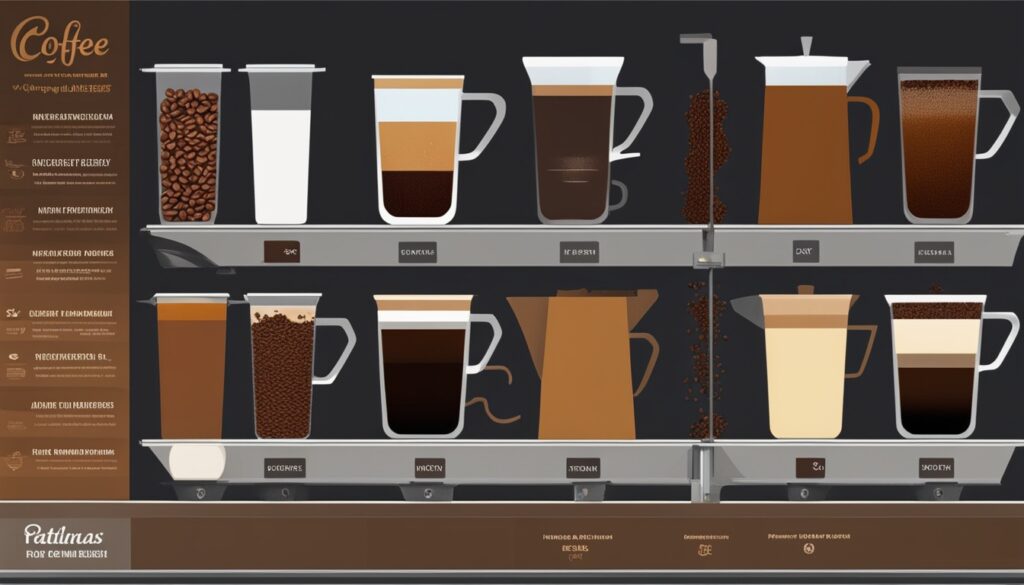
How Different Brewing Methods Affect Caffeine Content
Caffeine content in coffee changes a lot with different brewing methods. Factors like water temperature, how long it brews, the size of the coffee grounds, and how much coffee compared to water. Knowing these can help you get the most caffeine and taste you want in each cup.
Water Temperature and Brewing Time
The temperature of the water is key for extracting caffeine. The hotter the water, the more caffeine comes out of the coffee grounds. So, espresso, which uses hot water quickly, has a lot of caffeine. But, cold brew takes longer and uses cooler water, so it has less caffeine. Cold brew gets about 75 to 80 percent of the caffeine that hot methods get.
Coffee Grind Size and Its Impact
How fine or coarse the coffee is ground also matters. Finer grounds mean more surface area, so you get more caffeine during brewing. Espresso uses a fine grind to get a strong flavor and more caffeine in less liquid. But a French press uses a coarser grind, so it might not get as much caffeine out, making the coffee weaker.
Coffee-to-Water Ratios
The ratio of coffee to water affects caffeine too. With cold brew, using more coffee and letting it steep longer can make it stronger, even though this method doesn’t get as much caffeine out normally. The ratio you choose changes both the taste and how much caffeine you get, important for coffee fans wanting the perfect cup.
| Brew Method | Average Caffeine Content (mg) | Grind Size | Brewing Time |
|---|---|---|---|
| Espresso | 30 – 50 | Fine | 25 – 30 seconds |
| Cold Brew | 100 – 200 | Coarse | 12 – 24 hours |
| Drip Coffee | 60 – 100 | Medium | 5 – 10 minutes |
| French Press | 60 – 90 | Coarse | 4 – 5 minutes |
| AeroPress | 50 – 70 | Fine to Medium | 1 – 3 minutes |

Espresso: The Most Concentrated Brew
Espresso is a very concentrated kind of coffee. It’s known for its strong and bold taste. A single shot of espresso has about 63 milligrams of caffeine. This is more than regular coffee, which has about 10 milligrams per ounce. People who love a good caffeine kick often go for a double espresso. This has around 126 milligrams of caffeine, showing the power of espresso brewing.
Caffeine Content in Espresso Shots
The amount of caffeine in espresso can change. It depends on the beans used, how they were roasted, and how the espresso is made. Espresso is made by pushing hot water through fine coffee grounds quickly. This pulls the caffeine out fast. In the first minute of brewing, most of the caffeine is extracted. This method keeps the caffeine levels high, making espresso a favorite for those needing a strong boost.
Preparation Techniques That Maximize Flavor
To make the best espresso shots, you need to follow some steps. First, the water should be between 195°F to 205°F to pull out the best flavor. The grind of the coffee is also key. A finer grind means more flavor and caffeine can be extracted fast. The brewing should last 20-30 seconds to get a strong coffee flavor. These tips help make a rich and enjoyable espresso.
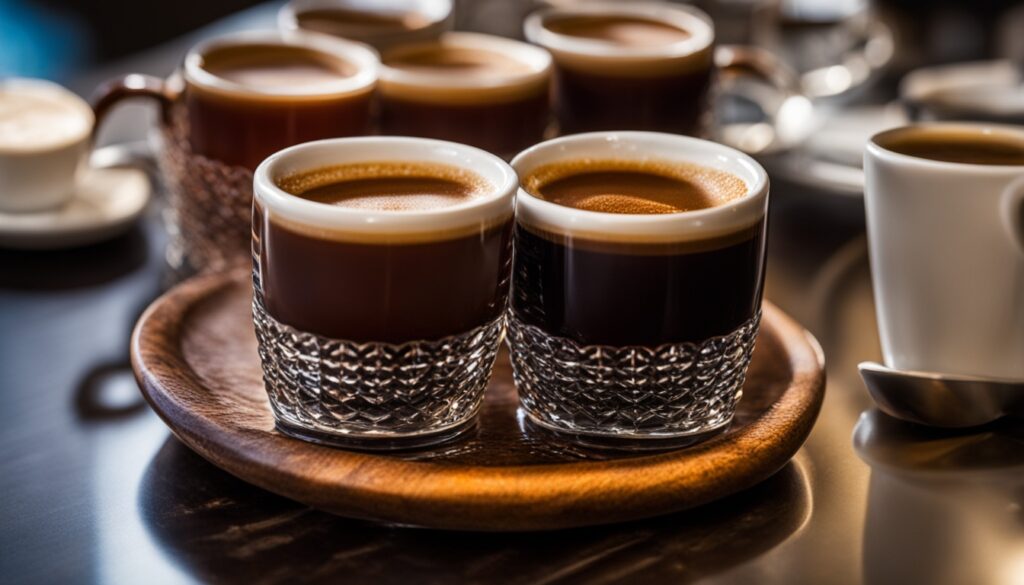
Cold Brew: A Unique Extraction Method
Cold brew coffee is popular for its unique taste and special way of making caffeine. It’s brewed slowly, taking 16 to 24 hours. This slow process uses cold or room-temperature water. It makes the coffee less acidic and smoother. This is why many who love coffee choose cold brew. It’s both soft and energizing.
Brewing Duration and Caffeine Extraction
The long brewing time affects how much caffeine you get in cold brew. The coffee grounds slowly give off caffeine. This makes the drink have about 100 to 200 mg of caffeine per cup. Since the brewing takes longer, it ends up having more caffeine than hot coffee. You can also make it stronger by changing how much coffee and water you use. This way, it suits what you like.
Why Cold Brew Has Higher Caffeine Per Serve
Cold brew has more caffeine per cup than regular coffee. This is because of how it’s brewed and its strength. It’s stronger, so it has more caffeine. This makes it popular with those who like deep flavors but not the sourness. Knowing how much caffeine you can handle helps you enjoy cold brew safely. It makes sure you have a nice time drinking it.

Drip Coffee: A Popular Home Brewing Choice
Drip coffee is a favorite for home brewing among many coffee enthusiasts. It is loved for being easy to make and delivering a consistent flavor. Plus, the caffeine boost you get can change based on various factors. Learning about drip coffee’s caffeine content and how the type of coffee bean affects it can make brewing even better.
Standard Caffeine Content Per Cup
A standard 8-ounce cup of drip coffee typically has about 165 mg of caffeine. This amount can change based on how it’s brewed and the beans used. For example, a regular coffee shop’s brew might have 65-120 mg per cup. A small McCafe drip coffee has around 109 mg, and a medium has about 145 mg. A Tall Starbucks coffee has between 180-235 mg of caffeine, showing how size and brewing method can make a coffee stronger.
The Influence of Bean Type on Caffeine Levels
The kind of beans used affects the caffeine level in drip coffee. Robusta beans have about 2.2% caffeine, while Arabica beans have around 1.2%. Opting for robusta beans means your coffee will generally be stronger than a brew made with Arabica. Grind size and how long you brew it also matter. Finer grinds release caffeine faster, but coarser grinds might not extract enough caffeine.
Drip coffee’s charm is its adaptability. It encourages home brewers to try different blends and brewing methods to suit their taste.
| Type of Coffee | Caffeine Content (per 8 oz) |
|---|---|
| Drip Coffee | 165 mg (average) |
| Espresso | 63 mg (per shot) |
| Instant Coffee | 57 mg |
| Decaf Coffee | 2-5 mg |
| McCafe Medium | 145 mg |
| Tall Starbucks Coffee | 180-235 mg |

French Press: A Richer Flavor Experience
The French press is known for its strong flavor and rich experience. It’s a top pick for coffee lovers. The brewing method pulls out great flavor because it steeps for four to six minutes. This lets the coffee beans’ oils and flavors come out more.
A cup of French press coffee has 80 to 107 mg of caffeine in every 8 oz. It’s perfect for those who want a strong cup. The coarser grind used makes the flavor deeper. A metal mesh filter lets natural oils and small coffee bits through, making the coffee stronger and more complex.
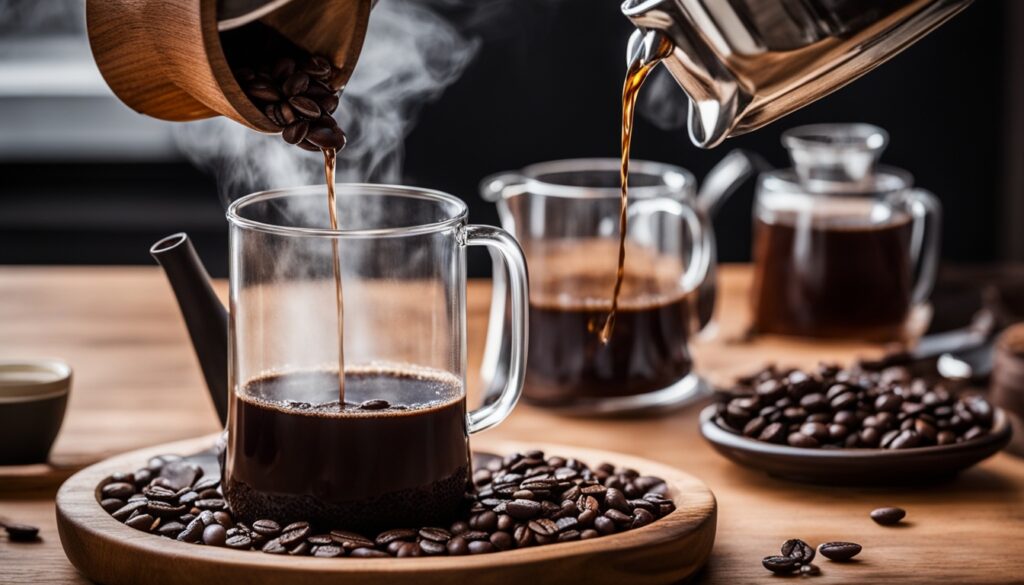
- Use a medium-coarse grind to balance flavor and extraction.
- Follow a coffee-to-water ratio of about 1:15 for a classic brew.
- Maintain water temperatures between 195°F and 205°F for ideal extraction.
- Steep for around 4 to 6 minutes to avoid bitterness while enhancing flavors.
To make great coffee with a French press, control brewing time and grind size. This lets you change the taste and caffeine amount. The French press stands out for flavor extraction. It keeps being a favorite for those who love a bold coffee experience.
Comparative Analysis of Brewing Methods
Exploring how brewing methods differ in caffeine content and taste provides valuable insights for coffee fans. This comparison reveals the impact of various techniques on both flavor and strength. It helps drinkers choose based on their caffeine needs and taste preference. Furthermore, understanding the brewing process can enhance the overall coffee experience. By learning about the specific methods and their effects, enthusiasts can elevate their expertise and truly appreciate the nuances of expert coffee tasting. This knowledge allows individuals to become more discerning in their coffee selection and allows them to fully savor each cup.
Breakdown of Caffeine Content by Method
| Brewing Method | Caffeine Content per Serving |
|---|---|
| Espresso | 80 – 185 mg |
| Pour Over | 145 mg |
| Drip Coffee | 85 mg |
| Cold Brew (Robusta) | Approx. 44.63 μg/mL |
| Hot Brew (Robusta) | Approx. 23.96 μg/mL |
Visual Representation of Strength and Flavor
Showing the differences in caffeine and taste makes it easier to understand how methods vary. A pour over coffee has about 95mg of caffeine, more than the 85mg in drip coffee. Espresso has more caffeine but in a smaller size. Cold brew has a lot more caffeine than hot brew.
Coffee enthusiasts can fully value each brewing style by comparing them.
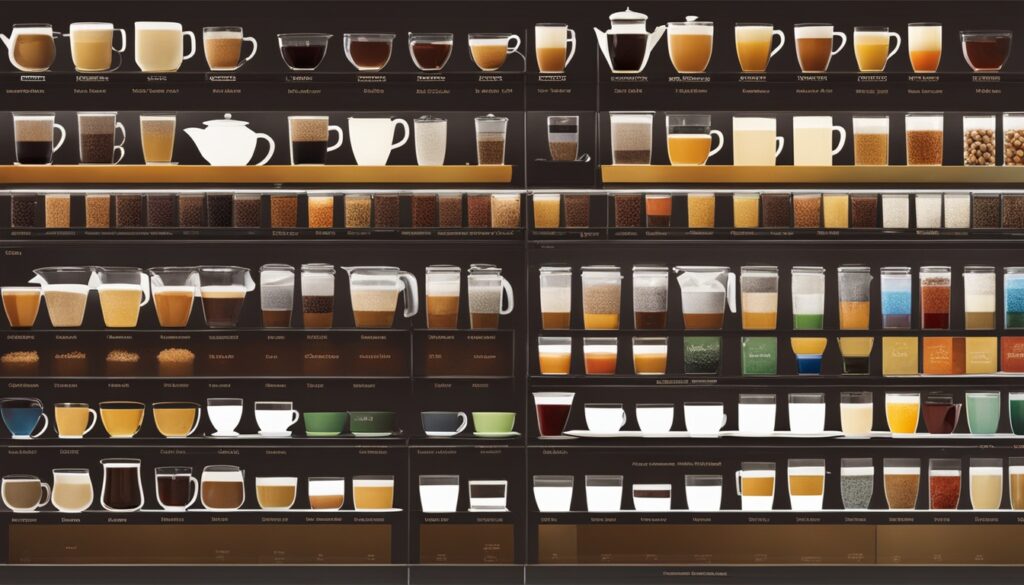
The Role of Coffee Bean Type in Caffeine Content
The type of coffee bean used is key in deciding caffeine content. Arabica and Robusta beans are two main types. Robusta has about twice the caffeine of Arabica. This makes Robusta the go-to for those who want a bigger caffeine boost.
The taste difference between Arabica and Robusta is also worth noting. Arabica beans are smoother and have complex flavors with little bitterness. In contrast, Robusta beans are stronger and more bitter. This is mainly because they have more caffeine. Knowing these differences helps coffee lovers pick the right bean for their taste and caffeine needs.
Playing with caffeine amounts? Roast level and brewing method matter too. Darker roasts change caffeine content by 9% when measured by volume. But, if you weigh your coffee grinds, the caffeine difference between dark and light roasts can be up to 32%.
In the US, where people drink 400 million cups of coffee each day, picking the right bean is important. It changes how caffeinated they feel and how much they enjoy their drink.

The Impact of Brewing Methods on Health
Exploring the health benefits of different coffee brewing methods can offer insights into their effects on well-being. The brewing process changes coffee’s chemical makeup, which impacts health. Knowing this can help us choose healthier coffee options.
Different Health Outcomes Linked to Brewing Styles
Some brewing methods are better for heart health than others. For example, filter coffee has beneficial compounds like chlorogenic acids. These may help your heart stay healthy. Cold brew coffee is also becoming more popular. It is expected to reach a market value of 1.63 billion USD by 2025. Cold brew’s special process keeps a unique chemical profile, different from hot brewed coffee.
Recent innovations like the cold maceration method shorten extraction time. The Hardtank device can make cold brew in 30 to 50 minutes. It improves flavor and extracts more healthful compounds. Research shows that cold brew from this device can have up to 18% more caffeine than hot brew and 12% more than traditional cold methods.
Brewing styles like Turkish and cowboy coffee have the most caffeine due to their techniques. However, French press and automatic drip might get less beneficial compounds, which could harm health outcomes. How we brew coffee affects not only its taste but also its health benefits, especially for heart health and overall wellness.

Conclusion
The way we brew coffee deeply impacts its caffeine levels. Studies, like the one by Crema Coffee Garage with the University of Newcastle, show this. They found big differences in caffeine content across brewing methods. Espresso has nearly twice the caffeine of Stovetop brews. So, coffee lovers need to think about their method if caffeine is a concern.
But, caffeine’s impact isn’t just about the amount. It’s about our health too. Health experts, including those from Australia, suggest keeping caffeine under 400mg a day. Knowing the caffeine in different coffee types helps us choose better for our health and lifestyle.
Coffee offers a world of flavors and experiences. Each brewing method, from Espresso’s intensity to Cold Brew’s smoothness, tells its own story. By understanding caffeine and considering what we like, we can enjoy coffee to the fullest.

